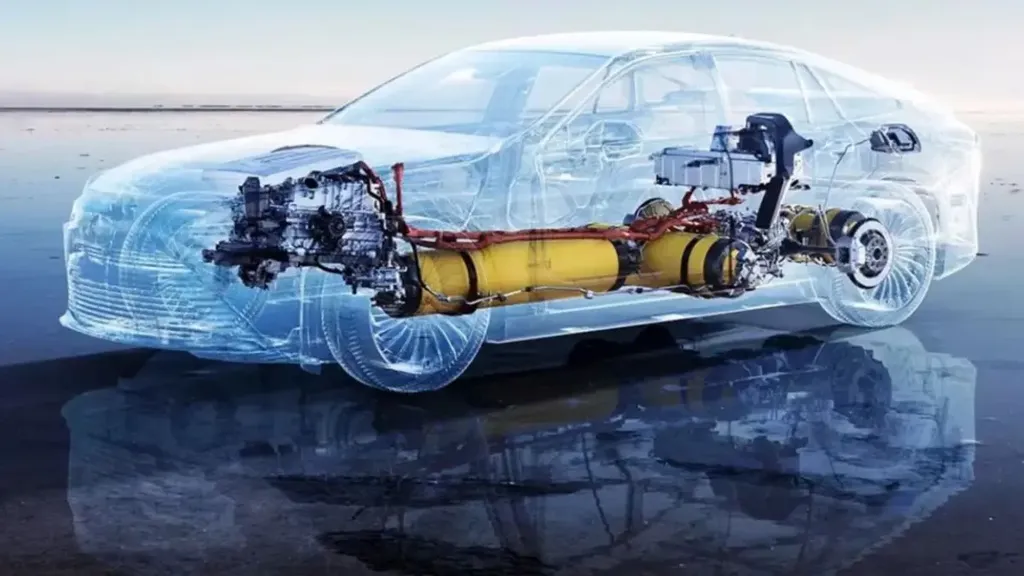In a breakthrough that could reshape the energy sector, researchers have discovered a way to enhance the compressibility of ultralight materials, even in humid conditions. This innovation, led by Reo Yanagi from the Department of Chemical Systems Engineering at Nagoya University in Japan, focuses on carbon nanotube (CNT) and carboxymethyl cellulose (CMC) composites, offering promising applications for energy storage and beyond.
The study, published in *Science and Technology of Advanced Materials* (which translates to *Kagaku to Gijutsu no Shinshitsu* in Japanese), reveals that treating these ultralight materials with silane coupling agents significantly improves their reversible compressibility. This treatment alters the surface chemical properties, making the materials more resistant to humidity. “The hydrophobization process is key,” Yanagi explains. “It allows the material to maintain its structural integrity and compressibility even in high humidity environments, which is a common challenge in many real-world applications.”
The implications for the energy sector are substantial. Ultralight materials with superior compressibility could revolutionize energy storage systems, such as batteries and supercapacitors, where maintaining performance under varying environmental conditions is crucial. “Imagine a material that can withstand the rigors of daily use without degrading,” Yanagi says. “This could lead to more reliable and efficient energy storage solutions, ultimately benefiting consumers and industries alike.”
The research highlights the importance of surface chemical states in determining the mechanical properties of ultralight materials. By optimizing the hydrophobization process, Yanagi and his team achieved a 65% recovery rate under high humidity conditions, a significant improvement over untreated materials. This advancement could pave the way for new applications in aerospace, automotive, and construction industries, where lightweight and durable materials are in high demand.
As the world continues to seek sustainable and efficient energy solutions, innovations like this one are crucial. Yanagi’s work not only addresses a critical challenge in material science but also opens up new possibilities for future developments. “This is just the beginning,” Yanagi notes. “We are excited to explore further enhancements and applications of these ultralight materials.”
In an era where technological advancements are driven by interdisciplinary research, this study serves as a testament to the power of collaboration and innovation. As the energy sector evolves, the insights gained from this research could shape the future of material science and engineering, driving progress toward a more sustainable and efficient world.

